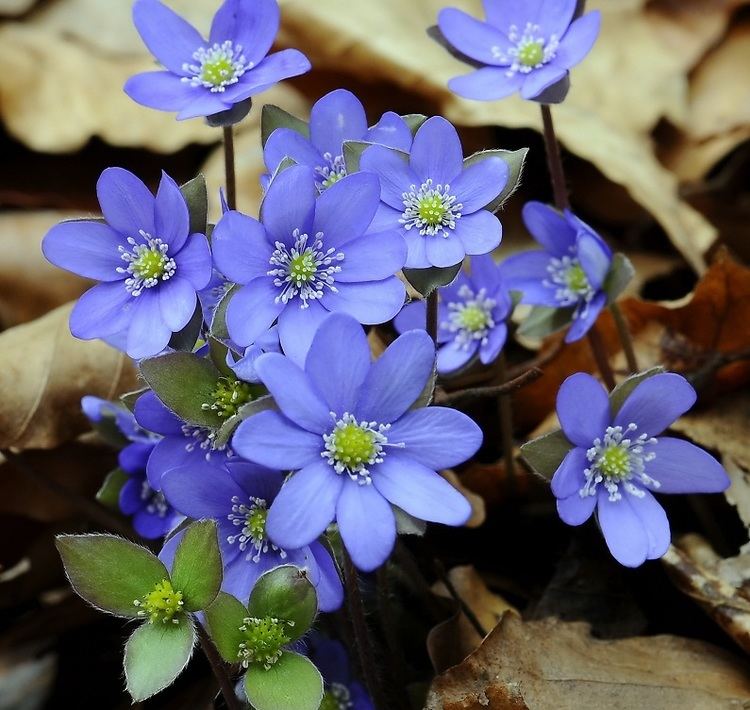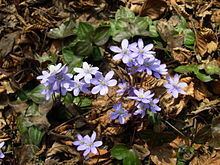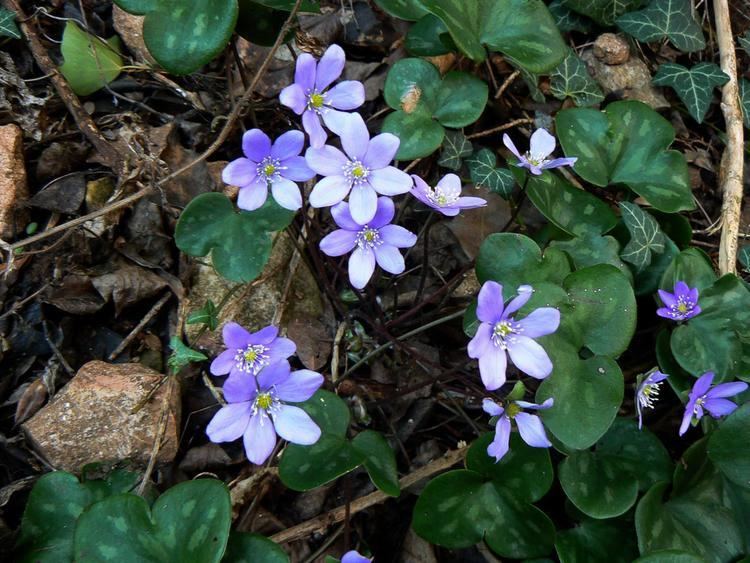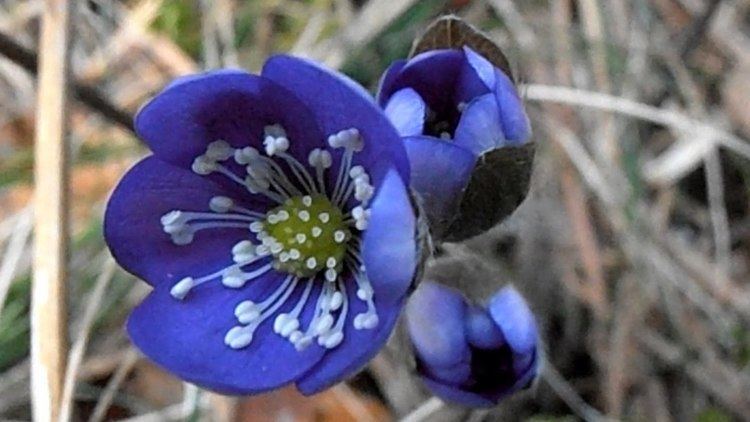Rank Species | Genus Anemone Higher classification Anemone | |
 | ||
Similar Anemone nemorosa, Anemone, Cowslip, Anemone ranunculoides, Ficaria verna | ||
Anemone hepatica (common hepatica, liverwort, kidneywort, pennywort) is a herbaceous perennial growing from a rhizome in the buttercup family (Ranunculaceae), native to woodland in temperate regions of the Northern Hemisphere.
Contents
- Photos of flowers anemone hepatica
- Taxonomy
- Description
- Ecology
- Distribution and habitat
- Varieties
- Herbalism
- Political associations
- References

Photos of flowers anemone hepatica
Taxonomy

The taxonomy of the genus Anemone and its species is not fully resolved, but the latest phylogenetic studies of many species of Anemone and related genera indicate that Hepatica should be included under Anemone because of similarities both in molecular attributes and other shared morphologies.
Description

Anemone hepatica grows 5–15 cm (2–6 in) high. Leaves and flowers emerge directly from the rhizome, not from a stem above ground.

The leaves have three lobes and are fleshy and hairless, 7–9 cm (2 3⁄4–3 1⁄2 in) wide and 5–6 cm (2–2 1⁄4 in) long. The upper side is dark green with whitish stripes and the lower side is violet or reddish brown. Leaves emerge during or after flowering and remain green through winter.
The flowers are blue, purple, pink, or white and appear in winter or spring. They have five to ten oval showy sepals and three green bracts.
Ecology
Hepatica flowers only produce pollen. In North America, the flowers first attract Lasioglossum sweat bees and small carpenter bees looking in vain for nectar. Then when the stamens begin to release pollen, the bees return to collect and feed on pollen. Mining bees sometimes visit the flowers, but prefer flowers that produce both nectar and pollen.
Distribution and habitat
It is found in the woods, thickets and meadows, especially in the mountains of continental Europe.
Varieties
Varieties of Anemone hepatica that are recognized as distinct include:
Contents
Like other Ranunculaceae, fresh liverwort contains protoanemonin and is therefore slightly toxic. By drying the herb, protoanemonin is dimerized to the non-toxic anemonin.
Herbalism
Medieval herbalists believed it could be used to treat liver diseases, and is still used in alternative medicine today. Other modern applications by herbalists include treatments for pimples, bronchitis and gout.
Political associations
It is the official flower of the Sweden Democrats political party in Swedish politics.
